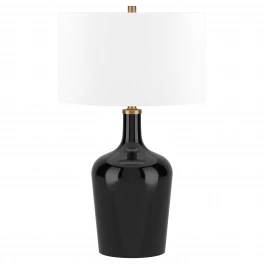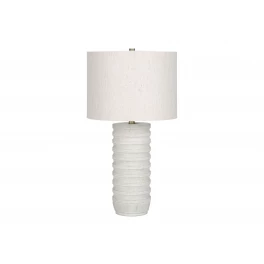One of the most difficult issues parents face today is trying to make sure their kids get enough sleep. It has become the norm for children (and adults) to be overscheduled, overstimulated, and overtired all of the time. But it does not have to be the norm in your home. Take back control of your nights and mornings by incorporating these five sleep-friendly tips into your child’s bedroom.
1. Choose Calming Colors
Bold primary colors and bright cartoon characters are the leading themes for young children’s bedrooms, but these are not at all productive choices for creating a sleep-friendly environment. Bright colors are stimulating and cause excitability in children, leading to your child having a difficult time winding down and switching into sleep mode at night. Look for soothing, muted wall and bedding colors for children’s bedrooms, and settle on only one or two complementary accent shades for accessories and décor.
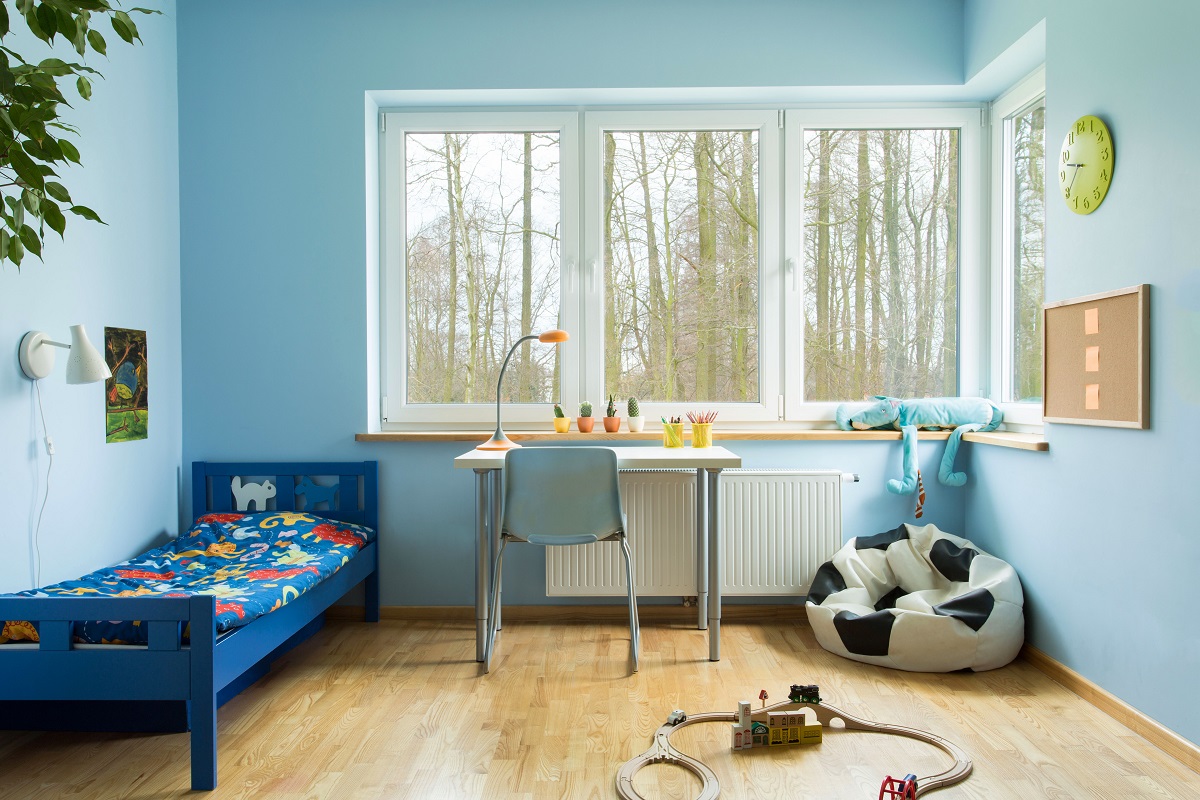
Photo by Photographee.eu on Adobe Stock
2. Cover Windows with Blackout Panels
At some point in the year, all parents dread the inevitable protest of “But it’s still light outside!” at bedtime. The best way to keep your child on schedule, even when Mother Nature isn’t on your side, is to swap out regular curtains for blackout panels. These window coverings do an excellent job at blocking light, and can be bought as inexpensively as $5 per panel. Not only are they a great help for enforcing bedtime at night, but they also keep the room dark in the morning, which may help kids asleep a little later on the weekends.
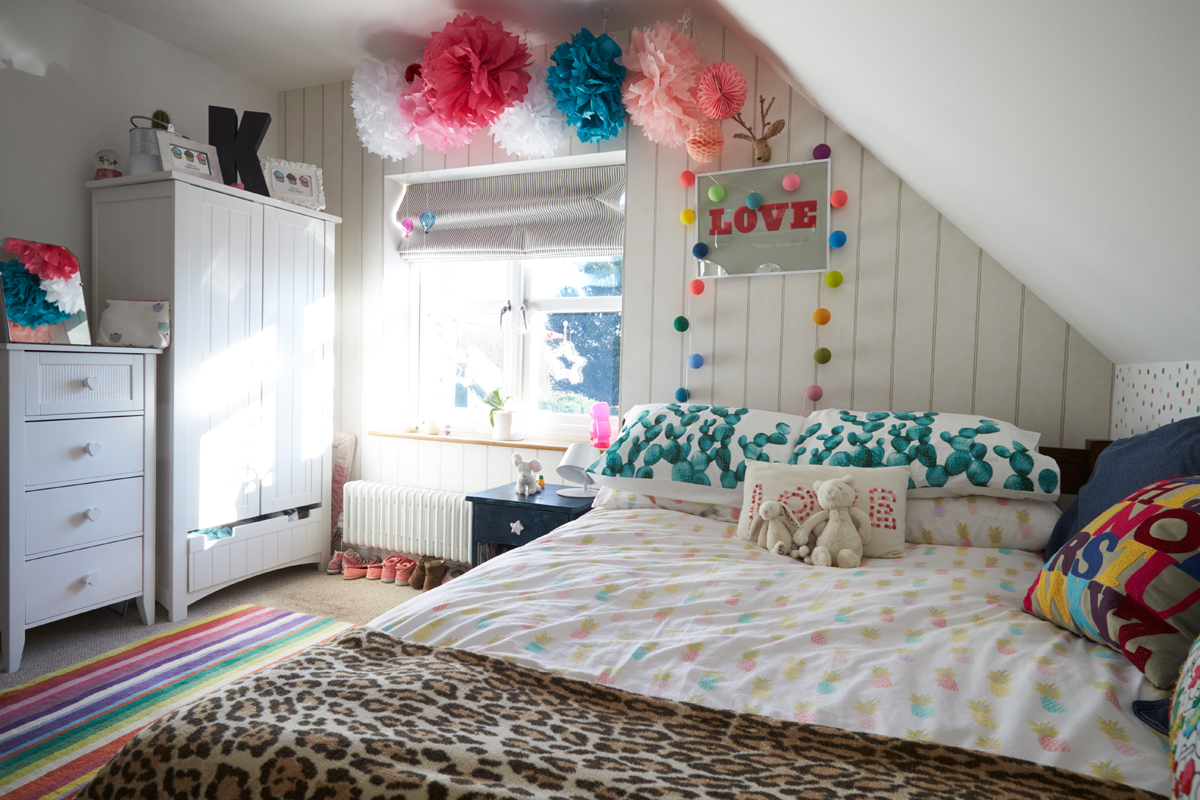
Photo by MBI on Alamy
3. Store Toys Out of Sight
Your child will have a hard time falling asleep at night surrounded by fun, exciting toys. Having a playroom separate from your child’s bedroom would be ideal, but that is not an option for many. Choose storage options that keep toys out of sight and out of mind. This might mean finding a bed with storage drawers below, a toy chest with a lid, or repurposing an extra dresser to tuck toys away where they won’t be tempting or distracting. This also makes for a great opportunity to get your child into the habit after picking up after him/herself at the end of each day.
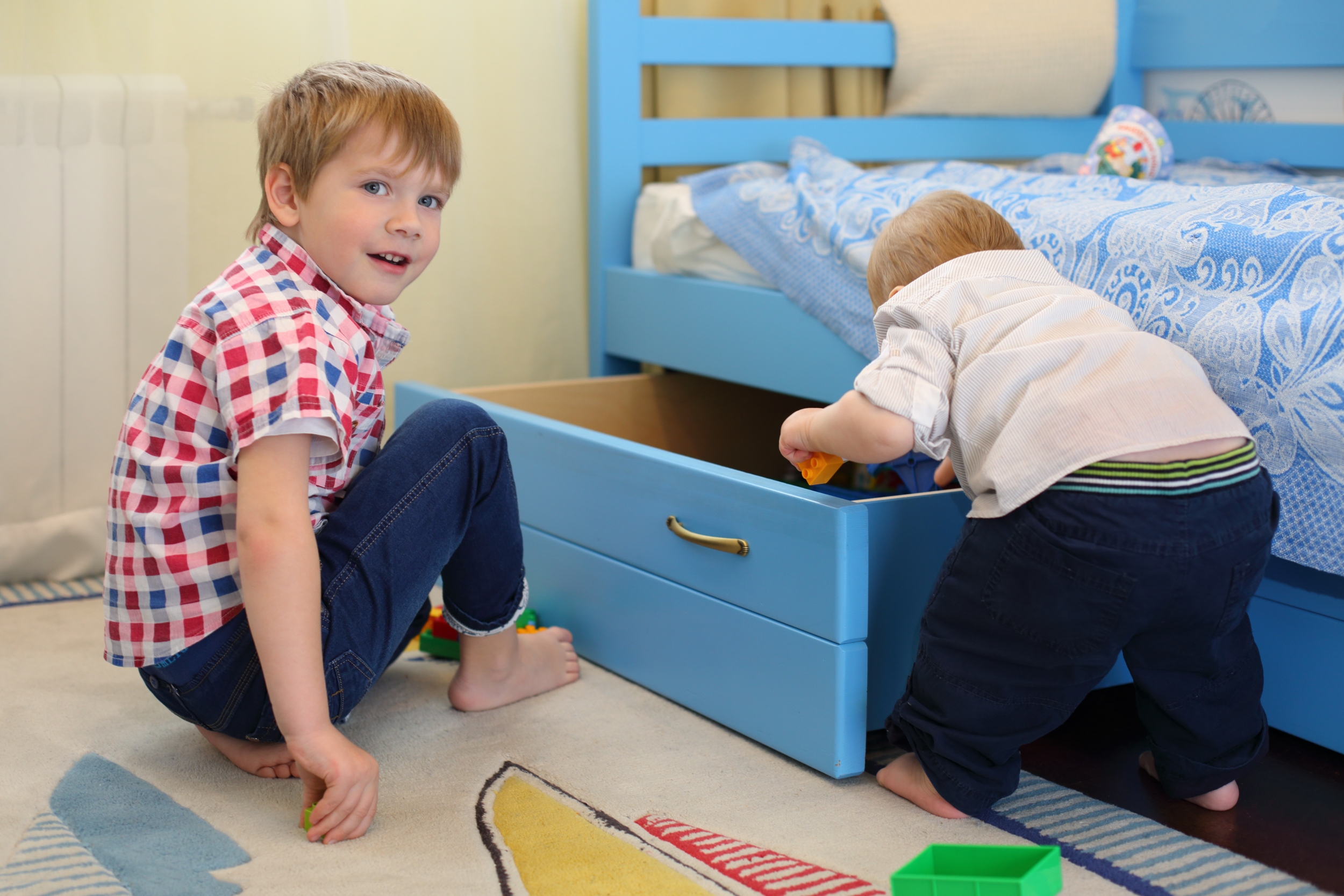
Photo by Pavel L Photo and Video on Shutterstock
4. Set a Bedtime for Electronics
Watching a tablet, computer, or television screen is basically staring directly into a light source. This tells the brain to stay stimulated and awake, and prevents your child from picking up on the cues that bedtime is near. Choose a time at least 30 minutes before your child’s bedtime for electronics to be turned off and removed from the bedroom. If the bedroom contains a television, consider a storage option that will cover its screen when not in use.

Photo by photographyfirm on Shutterstock
5. Be Careful with Nightlights
Nearly all children will go through at least one phase of being afraid of the dark. The age-old remedy for this is, of course, a nightlight. But nightlights have changed for the brighter, especially since the invention of LED bulbs. You want to add the lowest amount of light possible to ease your child’s fear, without interfering with sleep quality. Consider other options, like decorative string or rope lights to add just the desired touch of light to the room.
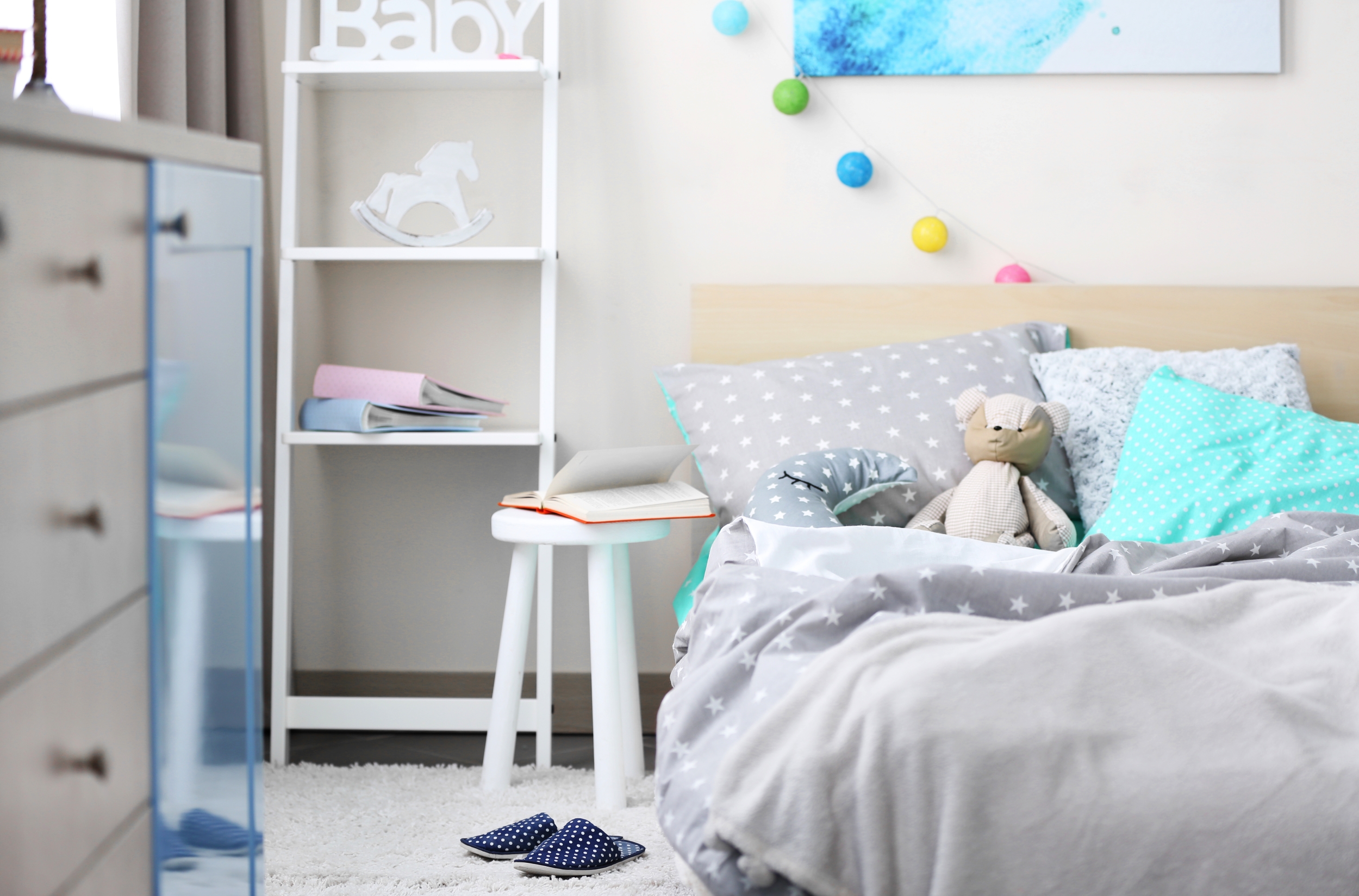
Photo by Africa Studio on Shutterstock
Sleep is very important for growing children. Whether you are a DIY warrior or rely on a designer to help perfect your home, integrating these five tips for a sleep-friendly bedroom will save you time, energy, and worry when it comes to the amount and quality of your child’s sleep. If you need help designing your child’s bedroom, consider exploring online design tools, like virtual rooms.








